5 Must-Know Japanese Seasoning Secrets That’ll Transform Your Kitchen!
You know that magical moment when you bite into something and just know it’s got flavor written all over it? That’s often thanks to one of Japan’s iconic seasonings doing its silent—but powerful—thing behind the scenes. Whether you're a sushi fanatic or someone who just loves a good dash of umami, this guide is your backstage pass to mastering Japanese seasoning like a kitchen ninja.
Table of Contents
- The Secret Behind Japanese Umami
- Top 5 Essential Japanese Seasonings You Should Know
- Pro Tips: How to Use Them Like a Pro
- Common Myths & Mistakes to Avoid
- Conclusion
The Secret Behind Japanese Umami
If you’ve ever tasted a bowl of miso soup or sipped on dashi broth and thought, “What even IS that flavor?” welcome to the world of umami—the fifth taste, famously discovered by Japanese chemist Kikunae Ikeda back in 1908. This savory depth is what makes Japanese cuisine so crave-worthy and sets it apart from other Asian cuisines.
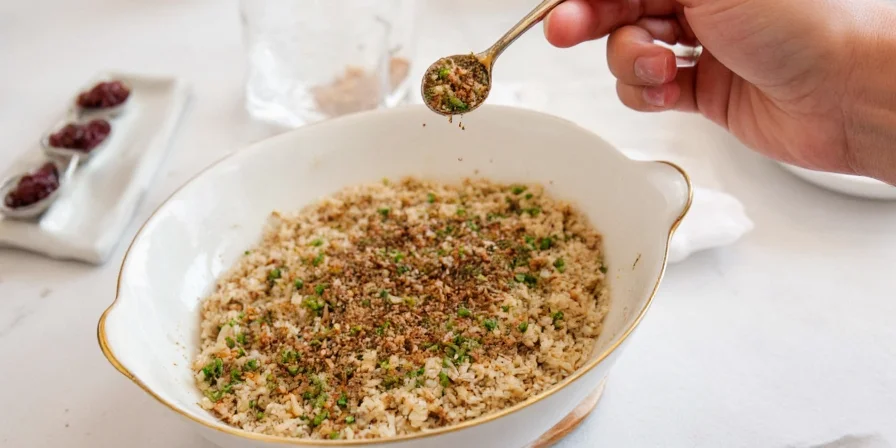
Japanese seasonings are not just about salt and pepper—they’re about layering complexity, enhancing natural flavors, and balancing texture with taste. Ready to dive into the holy trinity (and more!) of Japanese seasoning magic?
Top 5 Essential Japanese Seasonings You Should Know
Let’s meet the stars of the show! These five seasonings form the backbone of traditional and modern Japanese cooking alike. Each has a unique role to play, and once you understand them, your kitchen will never be the same again.
| Name | Description | Flavor Profile | Best Used In | Image |
|---|---|---|---|---|
| Miso | A fermented paste made from soybeans, rice or barley, and salt. | Savory, salty, umami-rich, varies by type (white, red, barley). | Miso soup, marinades, glazes, dressings. | |
| Dashi | A light stock made from kombu seaweed and bonito flakes. | Subtle, earthy, intensely umami at its finest. | Broths, noodle soups, sauces, simmered dishes. | |
| Shoyu (Soy Sauce) | Brewed from soybeans, wheat, salt, and water through fermentation. | Salty, slightly sweet, richly complex umami punch. | Dipping sauces, marinades, stir-fries, finishing touches. | |
| Shichimi Togarashi | A seven-spice blend including chili, sesame, orange peel, ginger, and more. | Spicy, citrusy, aromatic, mildly nutty. | Ramen, grilled meats, noodles, popcorn! | |
| Sake (Seasoning Type) | Cooking-grade rice wine used for deglazing, tenderizing, and adding depth. | Dry, clean, faint sweetness with mild alcohol bite. | Mirin alternatives, teriyaki, steamed fish, simmered dishes. |
Pro Tips: How to Use Them Like a Pro
You’ve got the spices—now let’s talk technique! Here’s how to get the most out of these flavor powerhouses without going overboard or wasting a single precious grain.
- Miso isn’t just for soup: Whisk a spoonful into salad dressings, mix it into mayo for burgers, or combine with butter for a killer steak topping.
- Dashi is the foundation: Make a small batch fresh whenever possible. Freeze leftovers in ice cube trays for easy use later.
- Soy sauce can be delicate: Use lighter versions like usukuchi for color-sensitive dishes, and darker ones like koikuchi for heartier recipes.
- Don’t cook shichimi directly: Sprinkle it at the end to preserve its heat and aroma. Great on roasted vegetables or mixed into mayo for spicy mayo.
- Cooking sake = flavor accelerator: Add a splash to braises or marinades to tenderize proteins and enhance overall flavor.
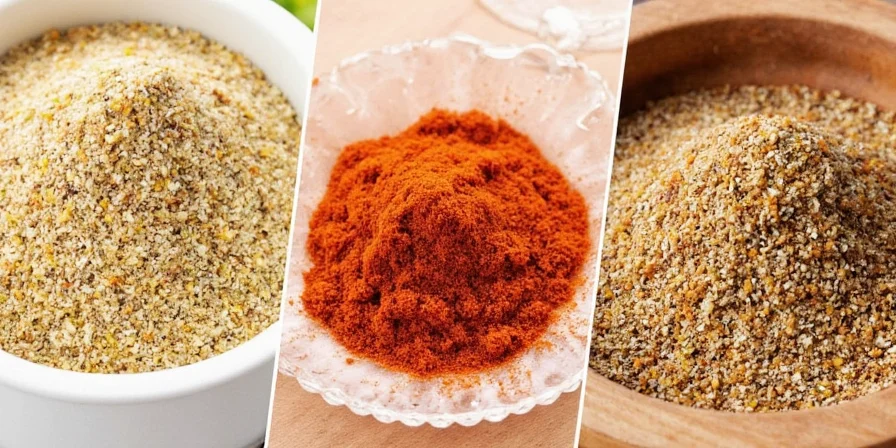
Common Myths & Mistakes to Avoid
Even seasoned home cooks fall into some common traps when dealing with Japanese seasonings. Let’s bust some myths before they ruin your next ramen night.
- Myth #1: All soy sauces are the same. Nope! Light, dark, tamari—all bring different vibes to the table.
- Myth #2: Miso is only for winter. Wrong! White miso especially adds brightness and richness to summer dishes like cold soba or watermelon gazpacho.
- Myth #3: Dashi is hard to make. While store-bought options exist, homemade dashi takes just minutes and makes a world of difference.
- Myth #4: Shichimi is just hot stuff. Its layers of spice, citrus, and nuttiness mean it’s way more nuanced than regular chili powder.
- Myth #5: Sake and mirin are interchangeable. They’re not. Sake is drier and helps balance salt; mirin is sweeter and adds shine.
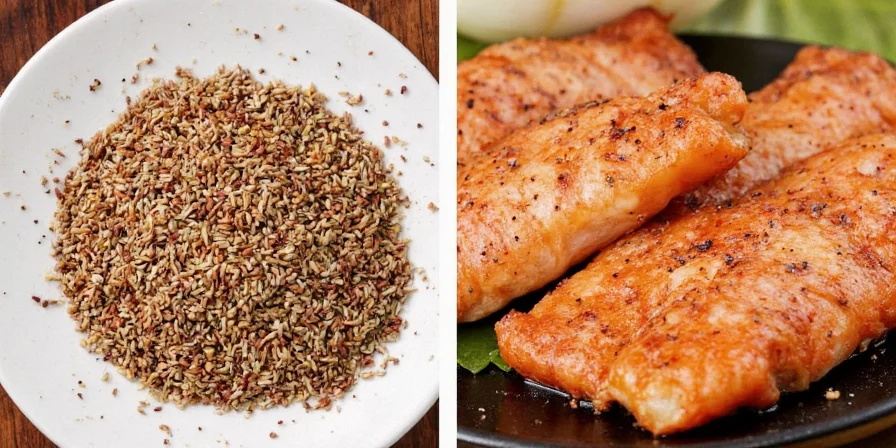
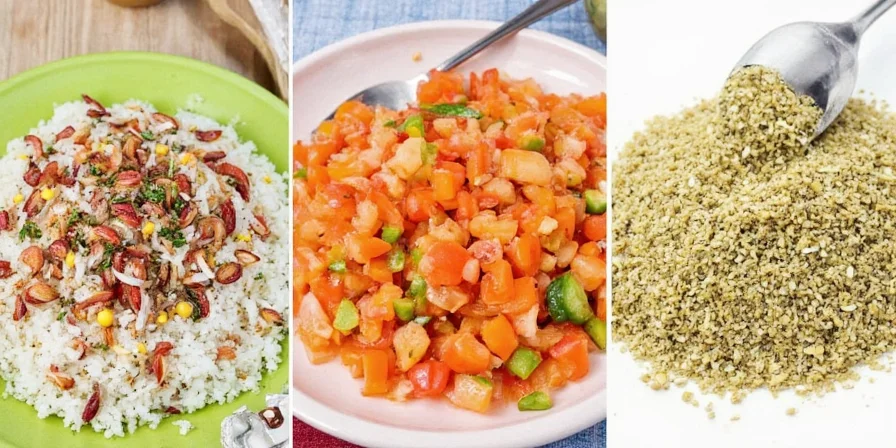
Conclusion
Japanese seasoning is like having a flavor superhero squad in your pantry. With a few key players—miso, dashi, soy sauce, shichimi togarashi, and cooking sake—you can elevate your everyday cooking from “meh” to “mind-blowing.” The best part? These ingredients aren’t just for sushi or ramen—they can sneak their way into everything from marinades to desserts.
Now go forth, season fearlessly, and impress your friends with your newfound Japanese spice knowledge. And remember: when in doubt, ask yourself, “What would a ramen chef do?” Probably add another dash of shoyu.
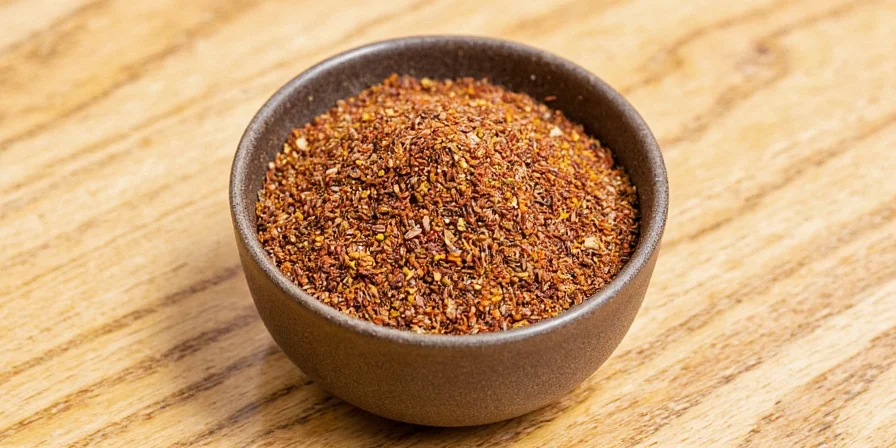

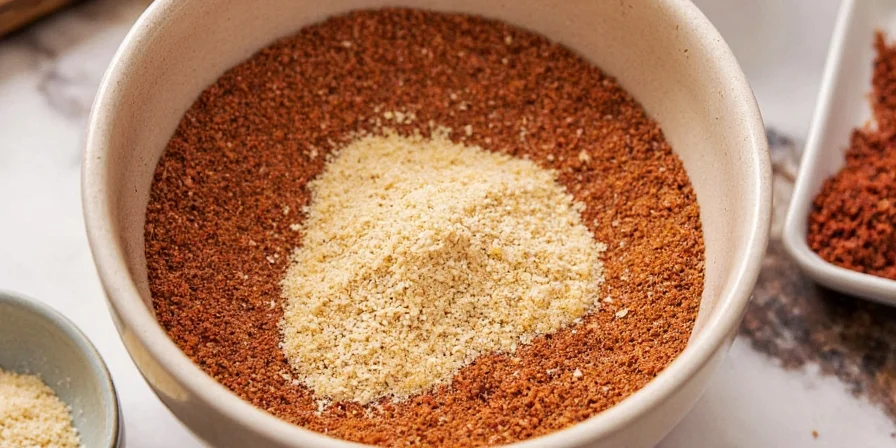









 浙公网安备
33010002000092号
浙公网安备
33010002000092号 浙B2-20120091-4
浙B2-20120091-4